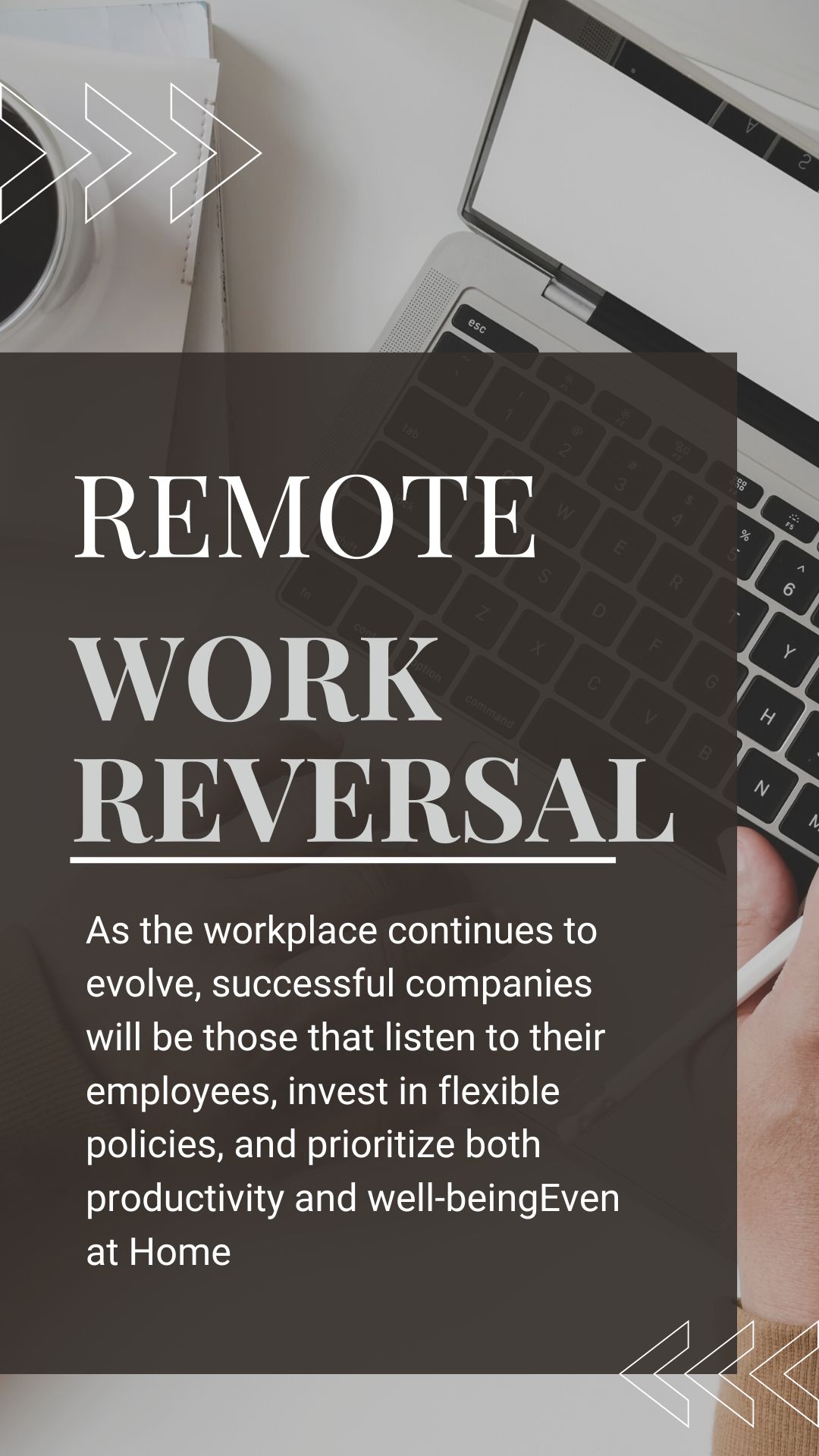Remote Work Reversal: Are We Heading Back to Offices?
Over the past few years, remote work has reshaped the professional landscape. What began as a temporary shift during the global health crisis has since evolved into a permanent arrangement for many companies. However, a growing trend is emerging—organizations are beginning to reverse their remote work policies and bring employees back to the office. This shift, often called the remote work reversal, raises important questions about the future of work, productivity, and employee well-being.
The Rise and Fall of Remote Work
At the height of the pandemic, remote work became the norm for millions of professionals worldwide. With offices closed, companies turned to digital tools and flexible schedules to maintain operations. This model proved effective in many industries, offering increased flexibility, reduced commuting time, and a better work-life balance for employees.
However, as economies reopened and companies reassessed their strategies, some employers began calling workers back to the office. This change is fueled by a desire to restore team collaboration, company culture, and productivity in a traditional workplace setting.
Why Are Companies Reversing Remote Work Policies?
Several factors are influencing the return-to-office movement:
1. Concerns About Productivity and Accountability
While remote work increased efficiency for some, others experienced a decline in productivity due to distractions, lack of oversight, and blurred boundaries between work and home. Employers believe that physical office spaces can enhance focus and create a more structured work environment.
2. Rebuilding Company Culture
Many leaders argue that in-person interactions are essential for maintaining a strong organizational culture. Spontaneous conversations, brainstorming sessions, and team bonding are often harder to replicate through video calls or instant messaging.
3. Collaboration and Innovation
Creative industries, tech companies, and startups often rely on rapid, collaborative innovation. Face-to-face communication can foster faster decision-making and more dynamic idea generation, prompting businesses to rethink fully remote models.
4. Employee Training and Mentorship
Junior employees and new hires benefit from hands-on mentorship and learning by observation. In-person environments can accelerate skill development, which is more difficult to achieve remotely.
Employee Reactions: Mixed Feelings
While some workers welcome the structure and social aspects of office life, others are resistant. After experiencing the freedom and flexibility of working from home, many professionals are reluctant to return to long commutes and rigid schedules.
Surveys show that hybrid work models—where employees split their time between home and the office—are the most favored option. These arrangements offer the best of both worlds, combining in-person collaboration with individual flexibility.
The Rise of Hybrid Workspaces
Rather than a full return to traditional offices, many companies are adopting hybrid work models. This approach allows employees to work remotely part of the week while being present in the office on designated days. Hybrid workspaces are designed to support flexibility while maintaining collaboration and culture.
To support this model, businesses are redesigning office spaces, focusing on shared work areas, hot-desking, and collaborative zones instead of fixed cubicles.
Looking Ahead: What Does the Future Hold?
The remote work reversal doesn’t mean remote work is disappearing. Instead, it signals a transition toward more intentional workplace strategies. Companies are now tailoring policies to fit their goals, workforce needs, and industry requirements.
Key takeaways for businesses include:
· Open communication: Involving employees in discussions about return-to-office plans builds trust and transparency.
· Flexibility: Offering hybrid options can boost morale and retention.
· Well-being focus: Ensuring a healthy work-life balance remains essential for employee satisfaction and performance.
Conclusion
The shift back to office spaces marks a new phase in the evolution of work. While some organizations fully embrace in-person operations, others are finding balance through hybrid models. The key is adaptability—understanding that the future of work is not one-size-fits-all.
As the workplace continues to evolve, successful companies will be those that listen to their employees, invest in flexible policies, and prioritize both productivity and well-being
- Info@salihaonlineacademy.com
- Chaman Zar Colony, Rawalpindi
- Sunrise At: 5:15 AM
- Sunset At: 4:50 PM
- Let’s Talk +923301790195


Leave A Comment